Are We Ready for a Potential Asteroid Threat? NASA Has the Answer
1st Jul 2024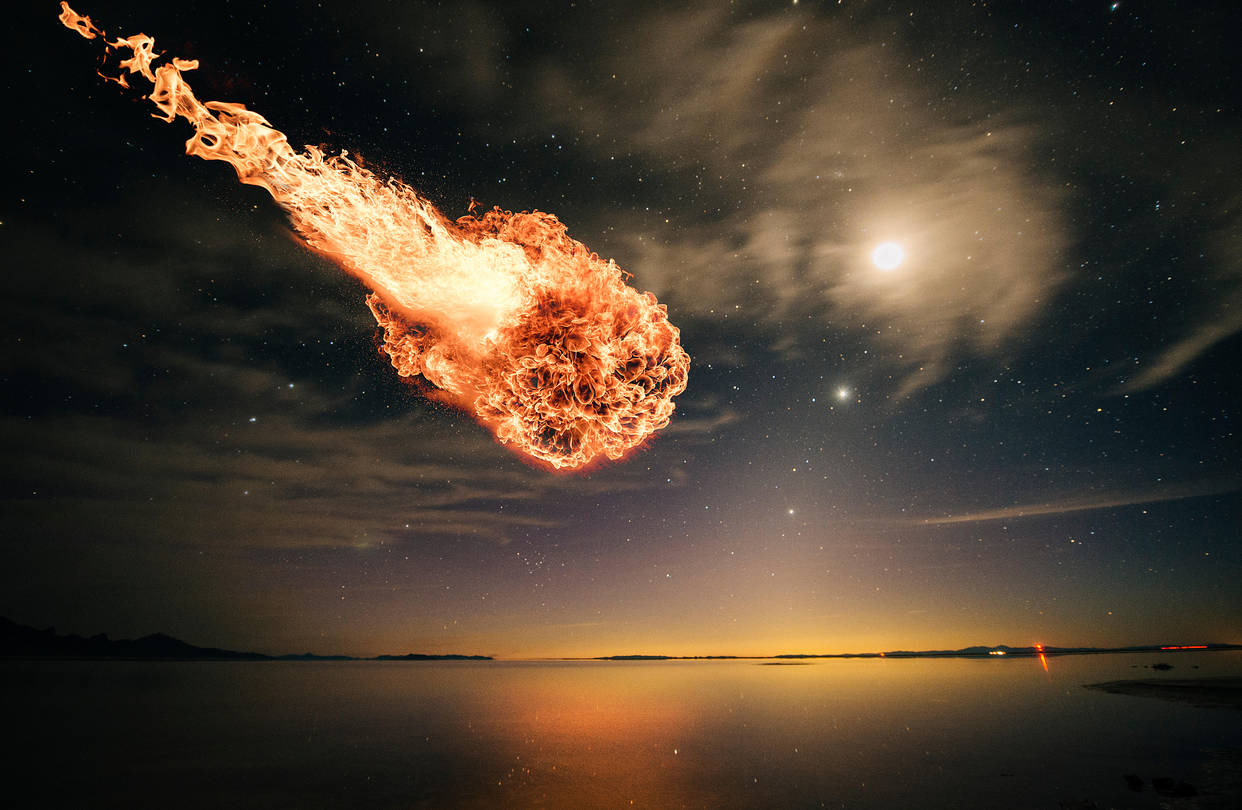
Fortunately, there are no known significant asteroid or comet hazards in the foreseeable future. However, to test readiness for potential threats, representatives from NASA and the Planetary Defense Community simulated a hypothetical asteroid impact scenario. The experiment was quite successful, shed some light on disaster readiness and stressed on the importance of global cooperation.
NASA asteroid impact simulation
In April this year, the fifth Interagency Planetary Defense Tabletop Exercise (PD TTX5) took place at Johns Hopkins Applied Physics Laboratory in Laurel, Maryland. The Exercise involved over 100 representatives from various agencies, including NASA’s Planetary Defense Coordination Office, the Federal Emergency Management Agency (FEMA) and the Department of State’s Office of Space Affairs.
On 20 June, leading members of the exercise team analyzed the results of the simulation and discussed its insights and gaps.
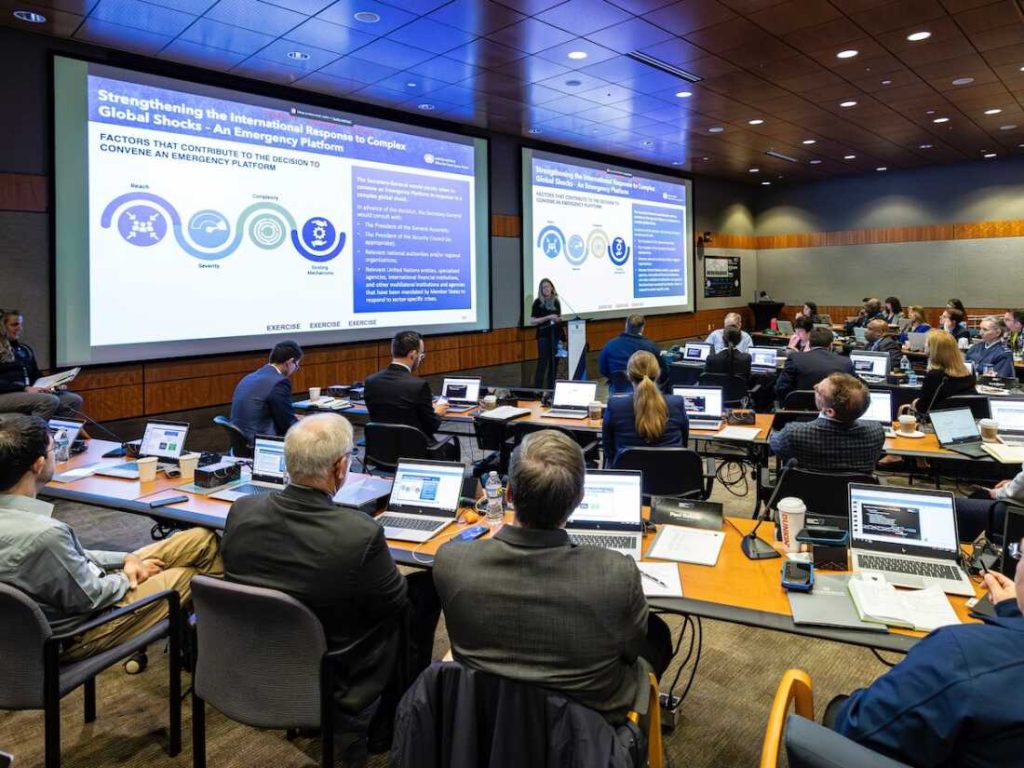
According to the simulation, scientists discovered an asteroid that is moving towards the Earth. There is a 72% chance that it may hit Earth in 14 years (on 12 July 2038). The range of possible asteroid sizes is 60-800 m. its trajectory could put at risk some major cities, including Dallas, Washington, D.C., Porto, Madrid, Tunis. Requirements for preventing its impact are unknown. Moreover, the scenario became more complicated as the asteroid disappeared behind the sun for seven months shortly after it was discovered, which disabled ground observations.
The real threat – don’t look up!
- “NASA alert! A ‘never-before-detected’ Asteroid may have 72% chance that it may hit Earth on THIS date”
- “NASA warns that a planet-sized asteroid has a 72% chance of impacting Earth”
- “NASA finds humanity would totally fumble asteroid defense”
- NASA confirms it would fail protecting Earth from an asteroid impact in 14 years
These are the catchy headlines that appeared after the results of the Tabletop Exercise were published. Although the threat is hypothetical, some outlets hyped on the topic and used manipulative headlines to draw attention to their articles.
The simulation insights
According to the report, the Planetary Defense Tabletop Exercise increased overall awareness of the nature of asteroid threats and challenges related to preparing an effective international response. The large majority of participants reported that they left the exercise feeling prepared and had a better understanding of how to deal with an asteroid impact threat.
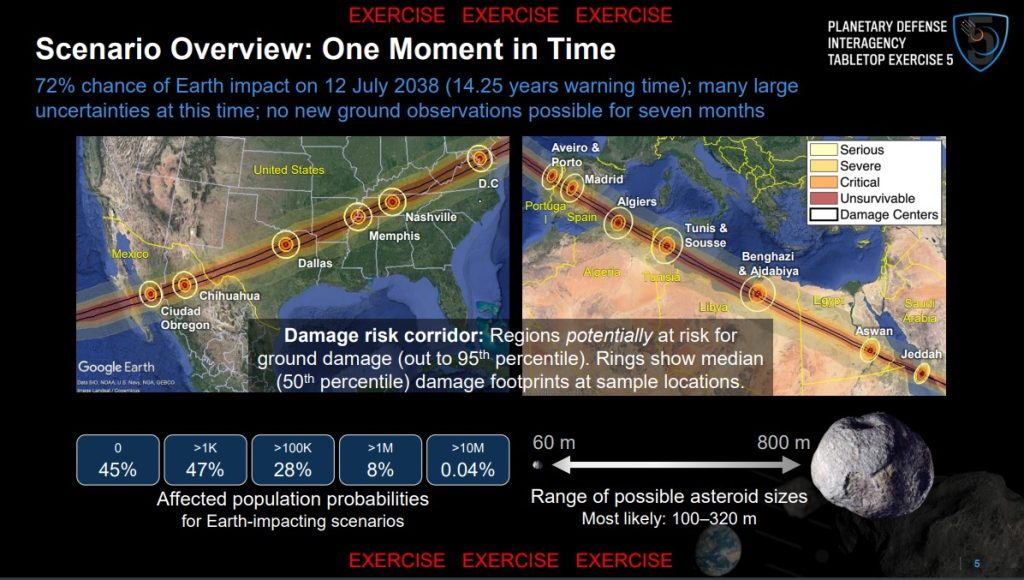
Better information about the asteroid would reduce uncertainties in the potential consequences of an impact, thereby enabling better decision-making about how to respond.
Unfortunately, there are still a lot of gaps, our planet is not ready for all the future challenges that may hit us from outer space.
- The decision-making process about space missions in an asteroid threat scenario remains unclear
- A global dialogue to share needed information with the relevant agencies should be improved
- The ability to use a spacecraft to quickly gather information about the asteroid is limited.
Who will defend our planet?
NASA is one of the agencies responsible for detecting threats and defending the planet from potentially hazardous objects.
In 2016, NASA established the Planetary Defense Coordination Office (PDCO). This organization was created to detect, track, and examine Near-Earth Objects (NEOs) that could potentially be dangerous to Earth.
There are some successful cases that show that planetary defense is working and has great potential.
Double Asteroid Redirection Test (DART) was a first space mission aimed at testing a technology of planetary defense against near-Earth objects (NEOs) – asteroids or comets. In 2022, DART launched on a SpaceX Falcon 9 rocket to impact asteroid Dimorphos. It crashed a rocket into the asteroid and changed its trajectory. This mission was the first successful attempt at asteroid deflection.
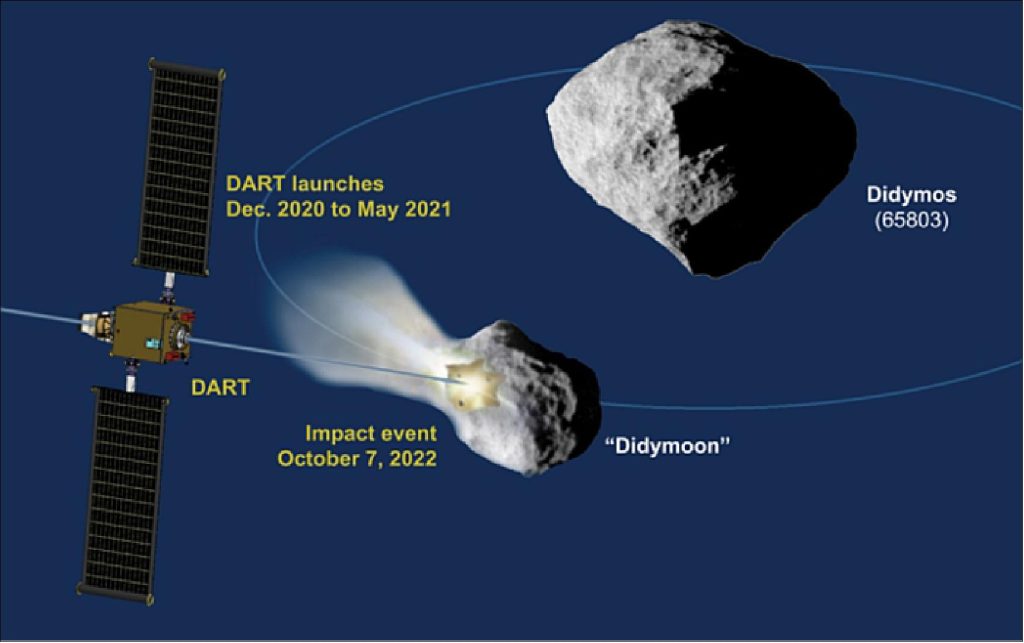
One more project of NASA is The Near-Earth Object Surveyor infrared space telescope (NEO Surveyor), which is designed to help advance NASA’s planetary defense efforts to discover and characterize most of the potentially hazardous asteroids and comets that come within 30 million miles of Earth’s orbit. NEO Surveyor is expected to be launched in 2028.
Preventing an asteroid impact on Earth to avoid a catastrophic disaster is a challenge that requires a strategic approach. While there is currently no asteroid threatening our planet, scientists assert that we must take both small and bigger steps now to improve our preparedness for future risks. Therefore, NASA representatives ensure that more simulations of asteroid strikes are planned to ensure humanity is equipped to respond to potential dangers from outer space.





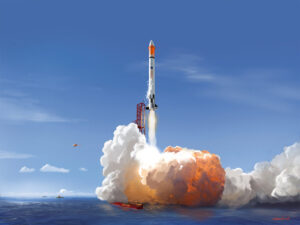
Thank you for your comment! It will be visible on the site after moderation.